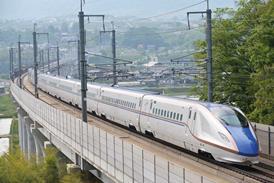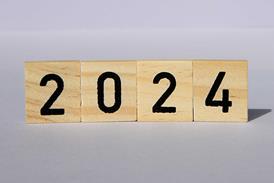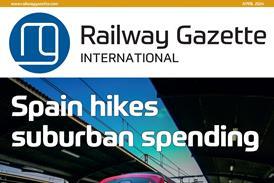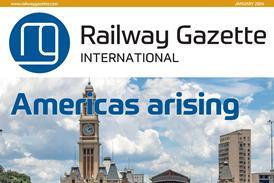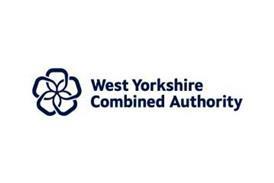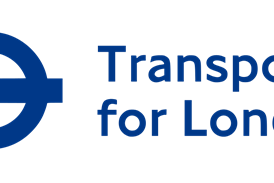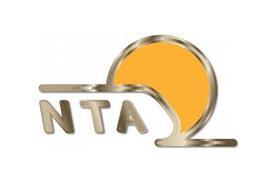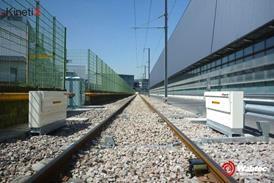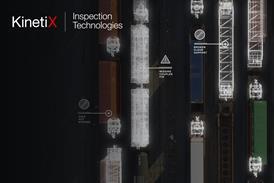THE EFFECTIVENESS of the latest version of Knorr-Bremse's wagon derailment detector was demonstrated during full-scale trials at the former Berlin-Schöneweide marshalling yard.
SBB Cargo has also been undertaking field testing of the EDT101 detectors, which are installed at each end of the vehicle. A spring-mass valve automatically opens the main air pipe to trigger emergency braking when activated by the vertical deflection caused by a derailment. The detectors can be retrofitted to existing wagons, and installed on single vehicles which pose the greatest risk in the event of a derailment.
Early generations of Oerlikon-Knorr derailment detector in service from 1996 suffered from occasional false tripping caused by track damage or wheel flats, particularly at high temperatures, but Knorr-Bremse says this has been eliminated through design improvements in the EDT101 and changes to the trigger threshold which were implemented in 2006.
An international agreement requiring the installation of derailment detectors on wagons carrying certain classes of potentially dangerous cargoes within Europe by 2011 was reached in Zagreb last November. Switzerland's Federal Transport Authority had already recommended their use, following a risk assessment which found that 80% of accidents resulting in major spillage were caused by derailments. In 40% of these incidents the driver was not immediately aware a derailment had occurred, and in some cases wagons had been dragged several kilometres before pointwork triggered a catastrophic derailment; in 1994 three people were seriously injured by an explosion which followed a broken axle and derailment of a petrol train at Zürich-Affoltern (RG10.98 p642).
- CAPTION: Rolling stock specialists from Berlin Technical University participated in the deliberate derailment of a train of three tank cars, once with the wagons empty and once with them filled with water to simulate a load


